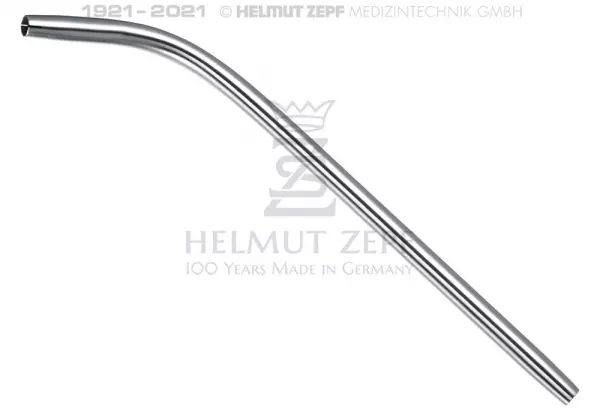
Surgical Aspirators - Dental Surgery Instruments
19.649.05 ALLIS, TISSUE SEIZING FORCEP 5:6 TEETH, 19 CM 19.649.15 TUBE, TONSIL SUCTION, ASP...
Portal and digital medical technology fair of the largest MedTech cluster in Germany

Surgical Aspirators - Dental Surgery Instruments
19.649.05 ALLIS, TISSUE SEIZING FORCEP 5:6 TEETH, 19 CM 19.649.15 TUBE, TONSIL SUCTION, ASP...
Ihre Suche lieferte keine Ergebnisse, aber Sie können sich auf dieser Seite präsentieren
Mit einem Eintrag auf Weltzentrum der Medizintechnik platzieren Sie Ihr Unternehmen bei Google & Co. ganz weit oben und erreichen so jeden Tag mehrere Tausend potentielle Kunden aus der Medizintechnikbranche. Mehr Informationen gibt es auf der Firma eintragen - Seite.

The use of saliva suction systems has become common in the United States, but there are risks associated with them. Inadequate safety and sanitation practices are two of the main reasons why this equipment should not be used in hospitals. The Centers for Disease Control and Prevention (CDC) have reported that the backflow of a saliva ejector can be contaminated with bacteria and viruses. These fluids can spread disease and can become airborne.
There are two types of dental suction systems. The first is the High Volume Ejector (HVE) and the second is the Saliva Ejector (SE). The HVE and SE are the two main types. The SE valve on a delivery system connects to the vacuum line, and the tubes can be reusable or disposable. While the HVE has a higher price tag, it will provide cleaner air to the mouth.
Saliva suction systems are available in many configurations. Depending on the type of dental treatment, the devices are typically simple and convenient. A SE valve attaches to the delivery system's vacuum line. There are reusable and disposable tubes, and the valves should be long-lasting. The latter are more expensive than the former, but can be used several times. They should also be durable and long-lasting. A stainless-steel valve is ideal for the environment.
A dental suction system is a device used by dentists to remove excess saliva or water during procedures. It helps minimize spatter during dental hygiene procedures. Although saliva ejectors are an efficient way to remove spatter during routine dental hygiene procedures, they do not have the power to prevent the aerosols from escaping the patient's mouth. This poses a health risk to all dental staff. Using a high-volume evacuator will help minimize this risk and keep it under control.
A dental suction system is used to remove large amounts of saliva and air from the mouth. This device is commonly used in dental cleanings, oral surgeries, and cosmetic procedures. The suction system will create a static vacuum pressure and maintain a constant static pressure. The device will have different-sized openings, depending on the size of the openings. The purpose of the saliva suction system is to prevent the accumulation of bacteria and bacterial growth in the mouth.
A wet suction system requires the installation of new pipe. A dry suction system does not require new pipe installation. The suction motor may be installed on the upper floor, while a dry one is easy to install. A wet suction system requires the use of an air/water separator and may require an amalgam separator. The suction system will need to be installed in the same room as the surgery. However, a dry suction system has an air/water separation unit.
Become a digital exhibitor yourself in the online portal of the largest and best-known MedTech cluster region in Germany and inform the world of medical technology about your products and services as well as about news, events and career opportunities.
With an attractive online profile, we will help you to present yourself professionally on our portal as well as on Google and on social media.